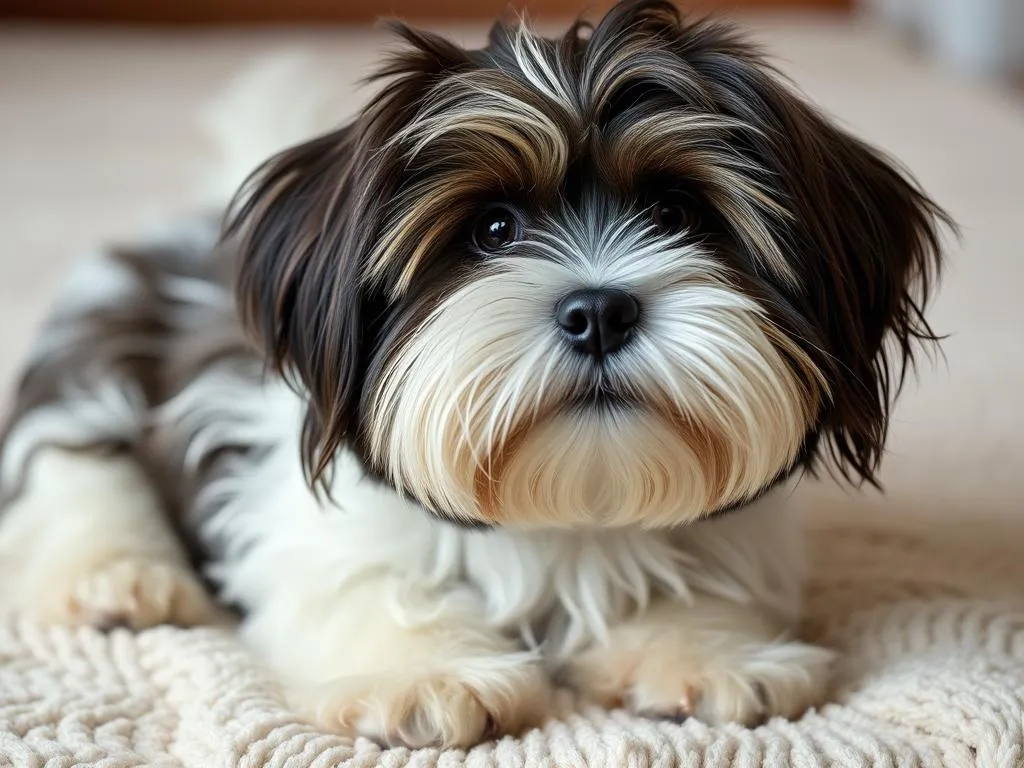
Potty training a Havanese can be both a rewarding and challenging endeavor. These small, lively dogs are known for their affectionate nature and playful spirit, but they also require consistent training to become well-behaved companions. Understanding the unique characteristics of the Havanese breed is essential for effective potty training. In this guide, we’ll explore everything you need to know about how to potty train a Havanese, from preparing for training to troubleshooting common issues.
Understanding the Havanese Breed
Characteristics of Havanese
Havanese dogs are small, typically weighing between 7-13 pounds and standing 8.5 to 11.5 inches tall. They have a sturdy build, adorable faces, and a long, flowing coat that requires regular grooming. Their temperament is friendly, playful, and eager to please, making them excellent family pets.
However, these characteristics can also lead to some challenges in potty training. Havanese are intelligent and sensitive, which means they can pick up on their owner’s emotions. If training is approached with frustration or impatience, it could result in anxiety for the dog, hindering their progress.
Why Potty Training is Important
Potty training is crucial for both the dog and the owner. A well-trained Havanese contributes to a clean home environment, reduces the chances of behavioral issues, and fosters a stronger bond between the pet and owner. Additionally, a properly potty-trained dog is less likely to develop accidents in the house, which can lead to stress and frustration for both parties.
Preparing for Potty Training
Supplies You Will Need
Before starting the potty training process, gather the necessary supplies. Here’s a list to help you get started:
- Training Pads: If you plan to use indoor potty training, invest in high-quality training pads. Look for options that are absorbent and have a scent to attract your Havanese.
- Crate: A crate is a vital tool for potty training. Choose a crate that is just large enough for your Havanese to stand up, turn around, and lie down comfortably. This prevents them from using one corner as a bathroom.
- Cleaning Supplies: Accidents will happen, so be prepared with enzymatic cleaners specifically designed to eliminate pet odors. Avoid ammonia-based cleaners, as they can attract dogs to the same spot again.
Establishing a Routine
Consistency is key in potty training. Establish a daily routine that includes set feeding times, potty breaks, and playtime. For a Havanese, it’s typical to take them outside first thing in the morning, after meals, and before bedtime. By sticking to a schedule, your dog will learn when to expect potty breaks.
Understanding Your Havanese’s Signs
Recognizing when your Havanese needs to go outside is crucial for successful potty training. Look for signs such as sniffing around, circling, whining, or standing by the door. These behaviors indicate that they need to relieve themselves.
Step-by-Step Guide to Potty Training a Havanese
Setting Up a Designated Potty Area
Choose a specific outdoor or indoor location for your Havanese to relieve themselves. If you opt for outdoor training, find a spot in your yard or nearby park. For indoor training, place the training pads in a quiet area away from their food and sleeping spaces. Consistent use of the same area helps your dog associate that spot with potty time.
Crate Training
Crate training is one of the most effective methods for potty training a Havanese. Introduce the crate gradually, allowing your dog to explore it at their own pace. You can encourage them to enter with treats or toys.
When using the crate for potty training, remember that dogs naturally avoid soiling their sleeping area. Take your Havanese outside shortly after they are placed in the crate. If they do have an accident, clean it up without scolding them; simply reinforce that the crate is a safe space.
Positive Reinforcement Techniques
Positive reinforcement is essential in potty training. Whenever your Havanese successfully goes in the designated area, offer them praise and a small treat. This reinforces the desired behavior and encourages them to repeat it.
Choose treats that your Havanese enjoys, but also keep in mind their dietary needs. Timing is crucial; reward them immediately after they potty, so they connect the action with the reward.
Consistency and Patience
Maintaining a consistent routine is vital. Take your Havanese outside frequently, especially after meals, play sessions, and naps. If accidents happen indoors, remain calm. Clean the area thoroughly and avoid punishing your dog, as this can lead to fear and confusion.
Patience is equally important in the training process. Havanese may take longer to train than some other breeds, so don’t get discouraged by setbacks. Keep a positive mindset, and remember that every dog learns at their own pace.
Gradual Freedom
As your Havanese becomes more reliable with potty training, you can start giving them more freedom around the house. Monitor their behavior closely and continue to reinforce good habits.
Signs that your Havanese is ready for less supervision include consistent potty success and an ability to signal when they need to go out. During this transition, continue using praise and treats to ensure they feel encouraged.
Troubleshooting Common Potty Training Issues
Accidents in the House
Accidents are a normal part of the potty training process. Common reasons for accidents include not being taken out frequently enough, excitement, or stress. If your Havanese has an accident, clean it up without punishment. Instead, focus on reinforcing the potty training routine.
Regressions in Training
Sometimes, even well-trained dogs may regress. Changes in routine, environment, or stress can lead to accidents. If this occurs, return to the basics of your potty training routine. Increase the frequency of potty breaks and reinforce positive behavior with rewards.
Behavioral Problems
If your Havanese shows signs of anxiety or fear related to potty training, it may be time to consult a professional trainer or behaviorist. They can help identify the root cause of the issue and provide tailored strategies to address it.
Tips for Successful Potty Training
Consistent Commands and Cues
Using a consistent command is vital for potty training success. Choose a simple word or phrase, such as “go potty” or “do your business.” Use this command every time you take your Havanese outside. Over time, they will learn to associate the command with the action of relieving themselves.
Socializing Your Havanese
Socialization plays a crucial role in the overall well-being of your Havanese. Regularly exposing them to different environments and other dogs will help them feel more confident. A well-adjusted dog is often easier to potty train, as they are less likely to experience anxiety-related issues.
Patience and Understanding
Every dog learns at their own pace, and it’s essential to acknowledge that some Havanese may take longer to potty train than others. Encourage yourself during the training process, and celebrate small victories along the way.
Conclusion
Successfully potty training a Havanese requires understanding, patience, and consistency. By following the steps outlined in this guide, you can create a positive training experience for both you and your furry friend. Remember, the key to a well-trained Havanese lies in your ability to remain calm and supportive. With time, effort, and love, your Havanese will become a well-behaved companion that brings joy to your life.









